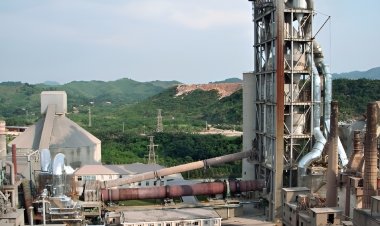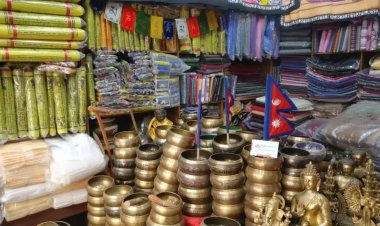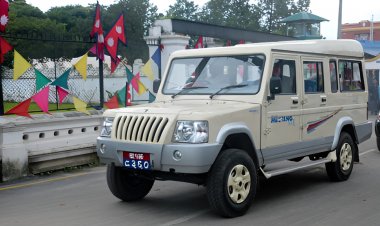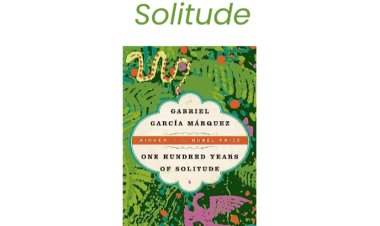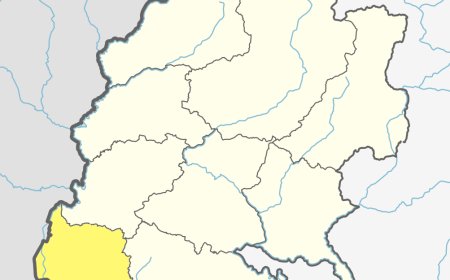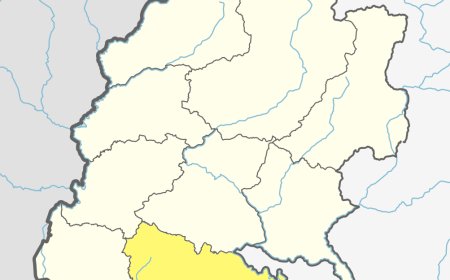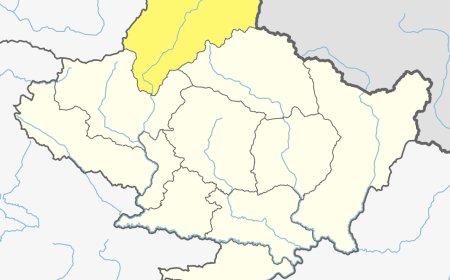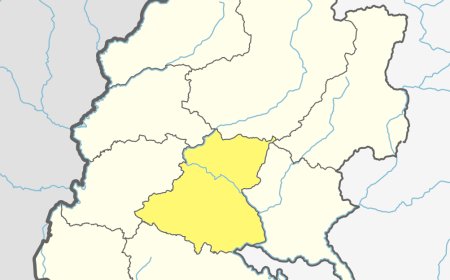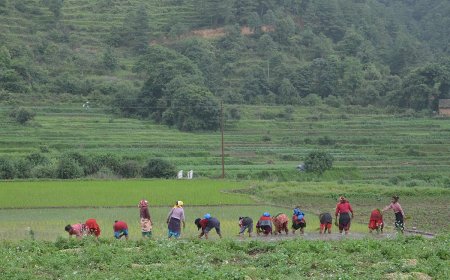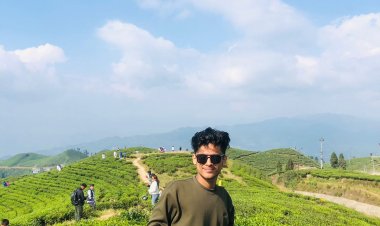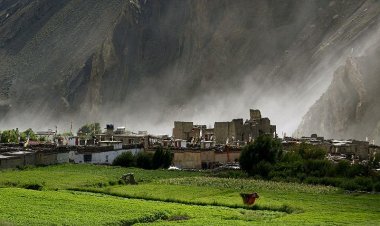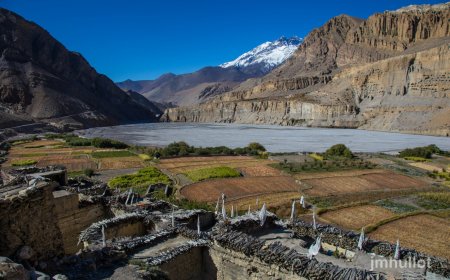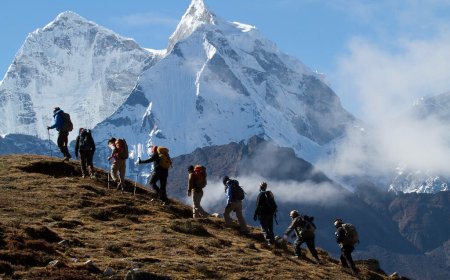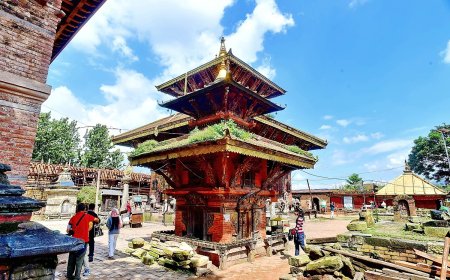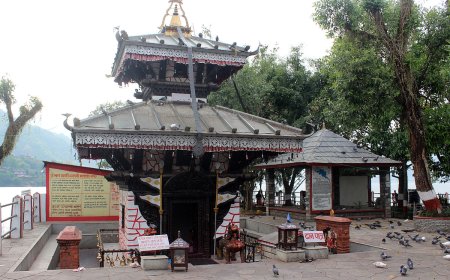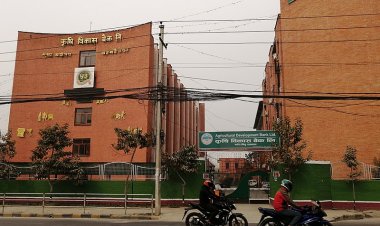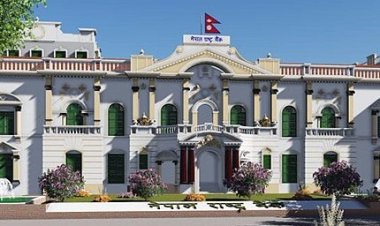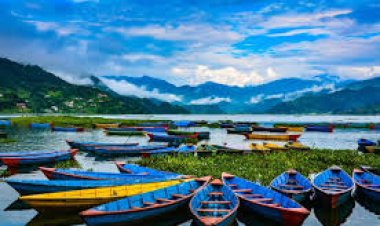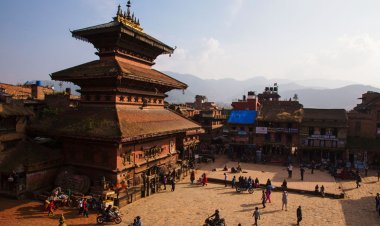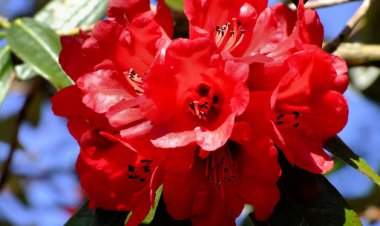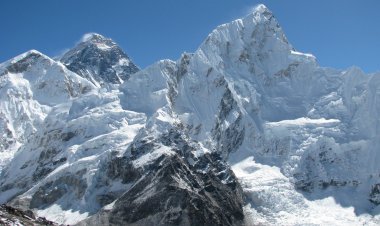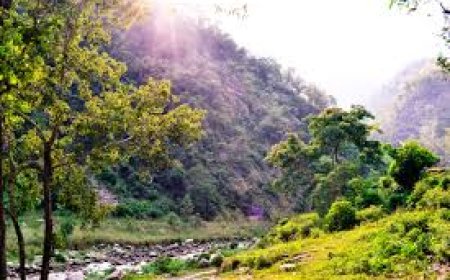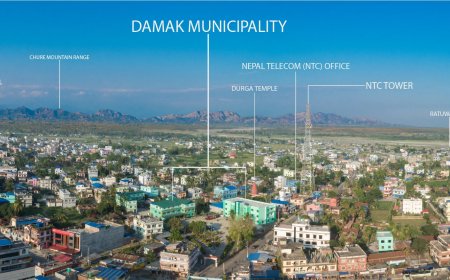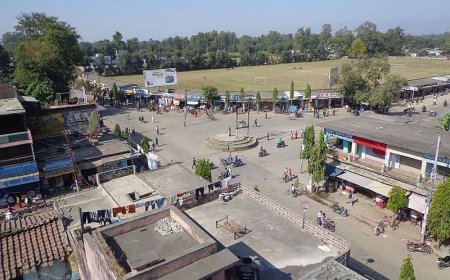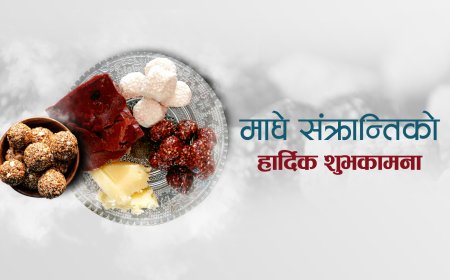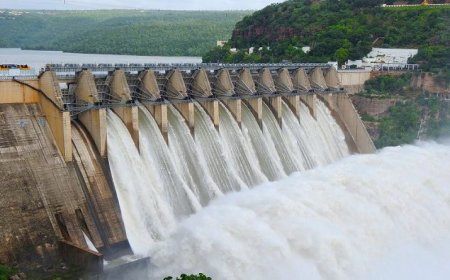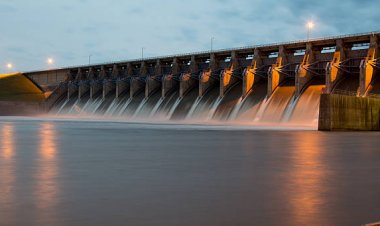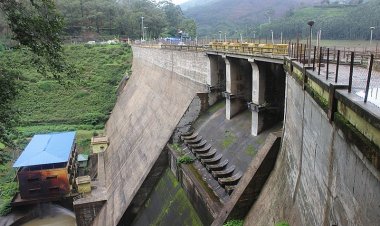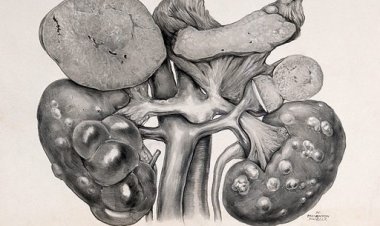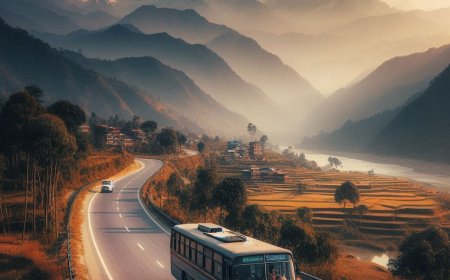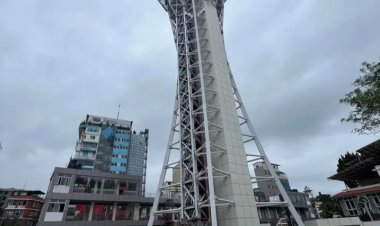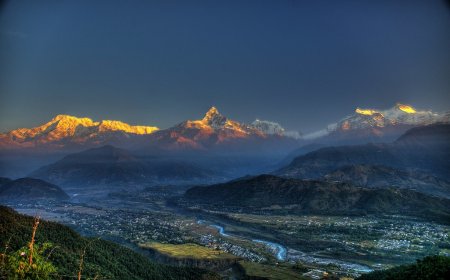Kapilvastu: The Birthplace of Buddha and Historical Wonder
Let's explore Kapilvastu, the ancient kingdom of Buddha, rich with historical landmarks, serene monasteries, and cultural diversity in Nepal.
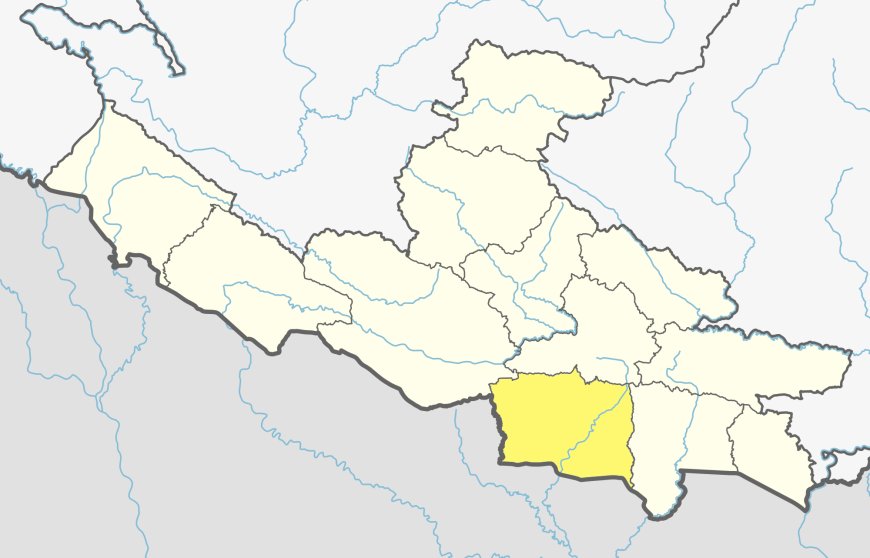
Introduction
Kapilvastu is a historically and culturally very important district in the southwestern region of Nepal, known as the birthplace of Siddhartha Gautama, who later became Lord Buddha. This district is located in Lumbini Province. The district carries immense religious and archaeological importance. With its beautiful landscapes, ancient ruins, and spiritual aura, Kapilvastu offers a unique blend of history and tranquility. The district’s headquarters is in Taulihawa, which acts as a gateway for travelers seeking to explore its rich cultural and historical heritage. This district’s association with Buddhism makes it a destination of global significance.
Geographical Overview
Kapilvastu covers an area of 1,738 square kilometers and is characterized by a mix of fertile plains, gentle hills, and water bodies. The district’s elevation ranges from 93 meters to 1,491 meters above sea level, making it predominantly a lowland area ideal for agriculture and human settlement.
The climate is tropical, with hot summers and mild winters, fostering diverse flora and fauna. The district is nourished by rivers like Banganga and Tinau, which play a vital role in irrigation, fishing, and sustaining biodiversity.
Table: Geographical Features
|
Feature |
Data |
|
Total Area (sq. km) |
1,738 |
|
Altitude Range (m) |
93–1,491 |
|
Major Rivers |
Banganga, Tinau |
|
Climatic Conditions |
Tropical |
Demographics
This district is home to approximately 570,000 people, representing various ethnic and cultural groups. The Tharu community is the largest ethnic group, followed by Brahmins, Chhetris, and Muslims. This diversity is reflected in the district’s diverse culture, where different languages, traditions, and festivals coexist harmoniously.
Nepali is the most widely spoken language, but Awadhi and Tharu are also commonly used, emphasizing the district’s linguistic richness. Festivals like Maghi, Eid, and Dashain are celebrated with enthusiasm, showcasing the district’s cultural inclusivity.
Table: Ethnic Composition
|
Ethnic Group |
Percentage (%) |
|
Tharu |
35% |
|
Brahmin |
25% |
|
Chhetri |
20% |
|
Muslim |
10% |
|
Other Groups |
10% |
Cultural and Historical Significance
This district is renowned for its profound historical and cultural heritage. It was the capital of the ancient Shakya Kingdom, where Siddhartha Gautama spent his early years before attaining enlightenment. This connection to Buddhism has made Kapilvastu a spiritual beacon for pilgrims worldwide.
The district has several archaeological sites, including Tilaurakot, believed to be the ancient palace of the Shakya king. Additionally, Kapilvastu hosts festivals such as Buddha Jayanti, celebrating the life and teachings of Buddha. These events attract devotees and tourists alike, offering a glimpse into the district’s rich traditions.
Table: Key Festivals
|
Festival |
Month |
Significance |
|
Buddha Jayanti |
May |
Birth anniversary of Lord Buddha |
|
Maghi |
January |
Tharu New Year and harvest festival |
|
Dashain |
October |
Hindu festival symbolizing victory of good |
|
Eid |
Varies |
Muslim festival celebrating faith and family |
Major Attractions and Activities
This district is a treasure trove of historical landmarks and serene landscapes, making it a must-visit destination for history enthusiasts and spiritual seekers. The ancient city of Tilaurakot is the centerpiece, offering insights into the life of Buddha and the Shakya dynasty.
Another highlight is Kudan, a sacred site where Buddha met his family after enlightenment. The district’s proximity to Lumbini, Buddha’s birthplace, further elevates its spiritual significance. Visitors can also explore the Banganga River’s tranquil banks and the lush farmlands that reflect the district’s pastoral charm.
Table: Major Attractions
|
Attraction |
Location |
Highlight |
|
Tilaurakot |
Central Area |
Ancient palace ruins of the Shakya kingdom |
|
Kudan |
Southern Area |
Buddha’s post-enlightenment meeting site |
|
Niglihawa |
Eastern Area |
Birthplace of Kanakmuni Buddha |
|
Banganga River |
Western Area |
Scenic beauty and cultural significance |
Activities in the district include archaeological tours, meditation retreats, and cultural explorations in traditional Tharu villages. With an emphasis on sustainable tourism, this district promotes eco-friendly practices that preserve its natural and historical treasures.
Economic Overview
The economy of this district is primarily agrarian, with rice, wheat, and sugarcane being the main crops. Additionally, the district is known for its mustard production, which supports local industries. Animal husbandry and fisheries also contribute significantly to the rural economy.
Tourism is a growing sector, driven by the district’s Buddhist heritage sites. Traditional crafts, such as pottery and Tharu jewelry making, not only add to the local economy but also preserve the district’s cultural identity.
Table: Economic Highlights
|
Sector |
Contribution |
|
Agriculture |
Rice, wheat, sugarcane, mustard |
|
Tourism |
Buddhist heritage sites, cultural exploration |
|
Traditional Crafts |
Pottery, Tharu jewelry making |
Conclusion
Kapilvastu is a district where history, culture, and spirituality converge. Its association with Buddha and the Shakya dynasty imbues it with unparalleled significance, while its large communities and natural beauty add to its charm. From the ancient ruins of Tilaurakot to the tranquil Banganga River, this district offers a unique journey into the past and a chance to connect with its enduring traditions. Whether you seek spiritual solace, historical insights, or cultural experiences, the district promises a memorable and enriching visit to visitors and tourists.
Frequently Asked Questions (FAQs)
-
Where is Kapilvastu located?
Kapilvastu is situated in the southwestern part of Nepal, in Lumbini Province.
-
What is Kapilvastu best known for?
The district is famous as the capital of the ancient Shakya Kingdom and its association with Buddha.
-
Which rivers flow through Kapilvastu?
The Banganga and Tinau rivers are the major rivers in Kapilvastu.
-
What is the dominant ethnic group in Kapilvastu?
The Tharu community forms the largest ethnic group in the district.
-
What are the major crops grown in Kapilvastu?
Rice, wheat, sugarcane, and mustard are the primary crops grown in Kapilvastu.
-
What is the best time to visit Kapilvastu?
Autumn (October to December) and spring (March to May) are the best seasons to visit Kapilvastu.
-
What is the significance of Tilaurakot?
Tilaurakot is believed to be the ancient palace site of the Shakya kingdom where Buddha spent his early years.
-
What festivals are celebrated in Kapilvastu?
Festivals like Buddha Jayanti, Maghi, Dashain, and Eid are celebrated in Kapilvastu.
-
What activities can visitors enjoy in Kapilvastu?
Visitors can explore archaeological sites, participate in meditation retreats, and experience local Tharu culture.
What's Your Reaction?





























